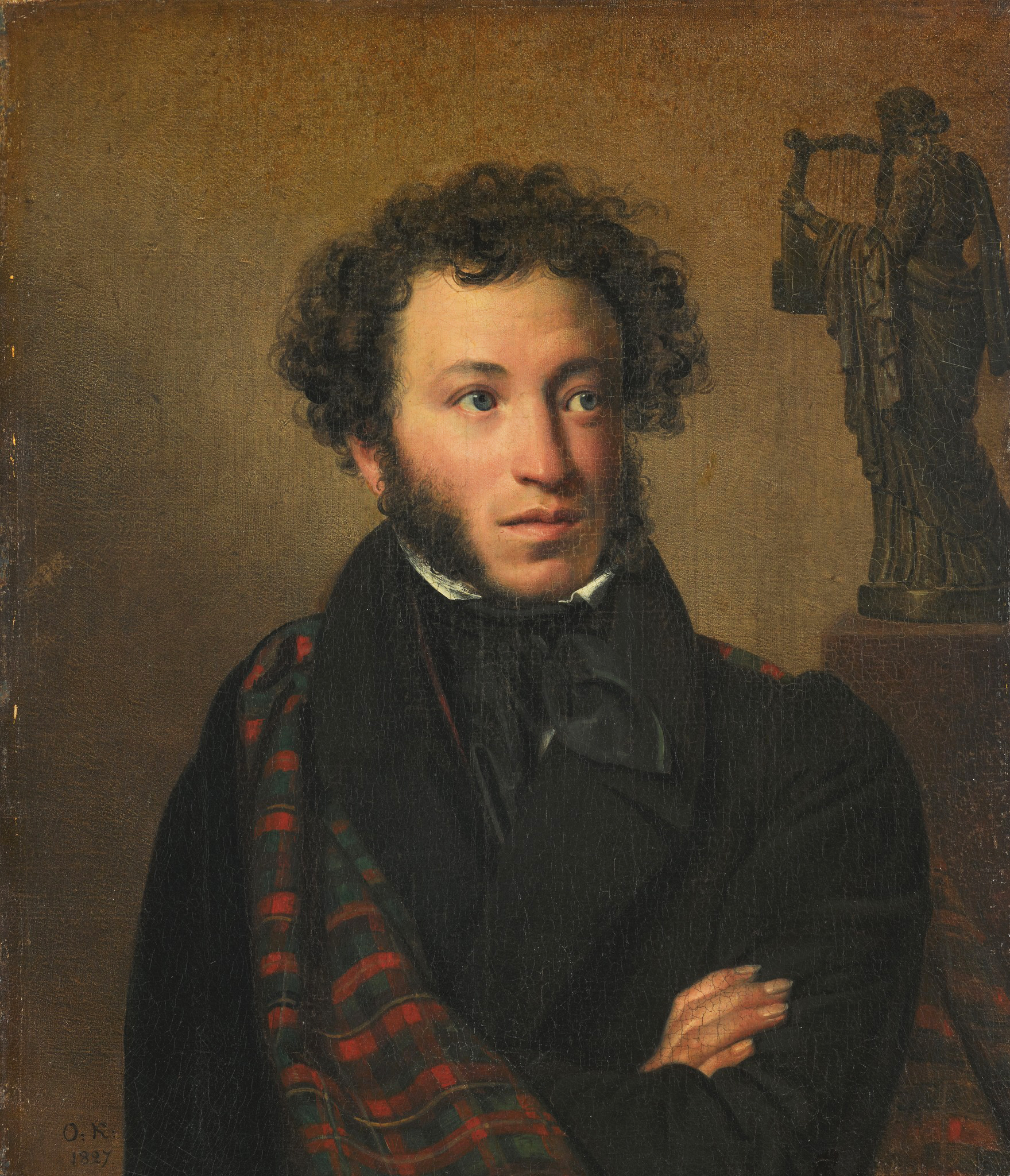
Boris Godunov (play)
Boris Godunov (Russian: Борис Годунов, Borís Godunóv; variant title: Драматическая повесть, Комедия o настоящей беде Московскому государству, o царе Борисе и о Гришке Отрепьеве, A Dramatic Tale, The Comedy of the Distress of the Muscovite State, of Tsar Boris, and of Grishka Otrepyev) is a closet play by Alexander Pushkin. It was written in 1825, published in 1831, but not approved for performance by the censor until 1866 . Its subject is the Russian ruler Boris Godunov, who reigned as Tsar from 1598 to 1605. It consists of 25 scenes and is written predominantly in blank verse.
Modest Mussorgsky's opera, Boris Godunov (1874), is based on this play.
History[edit]
Composition[edit]
Having finished the play, Pushkin famously wrote to his friend Pyotr Vyazemsky: "What a Pushkin, what a son of a bitch!".[1]
Pushkin wrote of the play:
A familiarity with the historical events surrounding the Time of Troubles – the interregnum period of relative anarchy following the end of the Rurik Dynasty (1598) and preceding the Romanov Dynasty (1613) – may facilitate an understanding of the play. Key events are as follows:
The culpability of Boris in the matter of Dmitriy's death can neither be proven nor disproved. Karamzin, the historian to whom the drama is dedicated, accepted it as fact and Pushkin himself assumed it was true, at least for the purpose of creating a tragedy in the mold of Shakespeare. Modern historians, however, tend to acquit Boris of the crime.
The following gallery depicts the scene designs created by Matvey Shishkov for the first performance of the drama in 1870 at the Mariinsky Theatre, Saint Petersburg, Russia.






